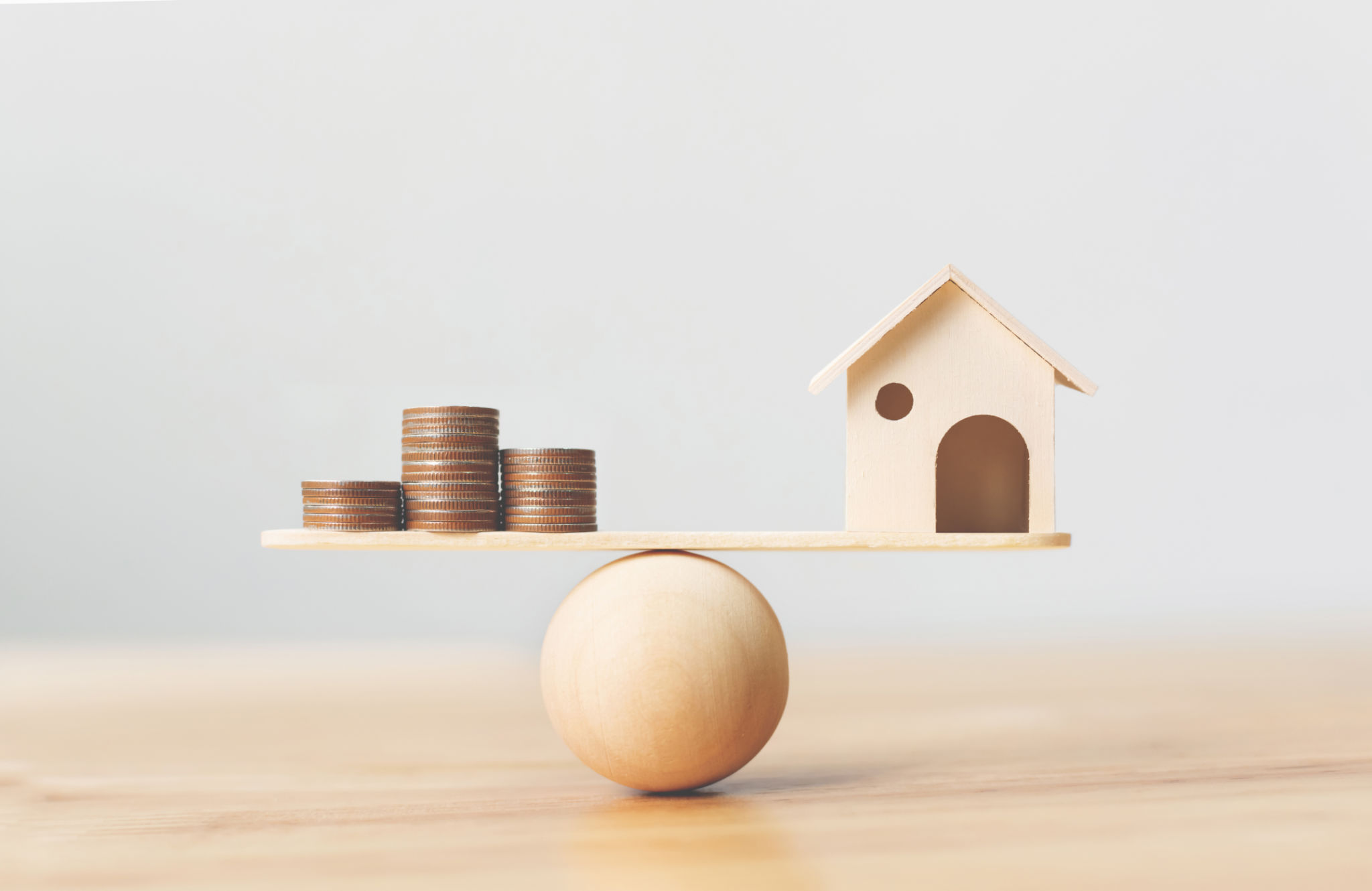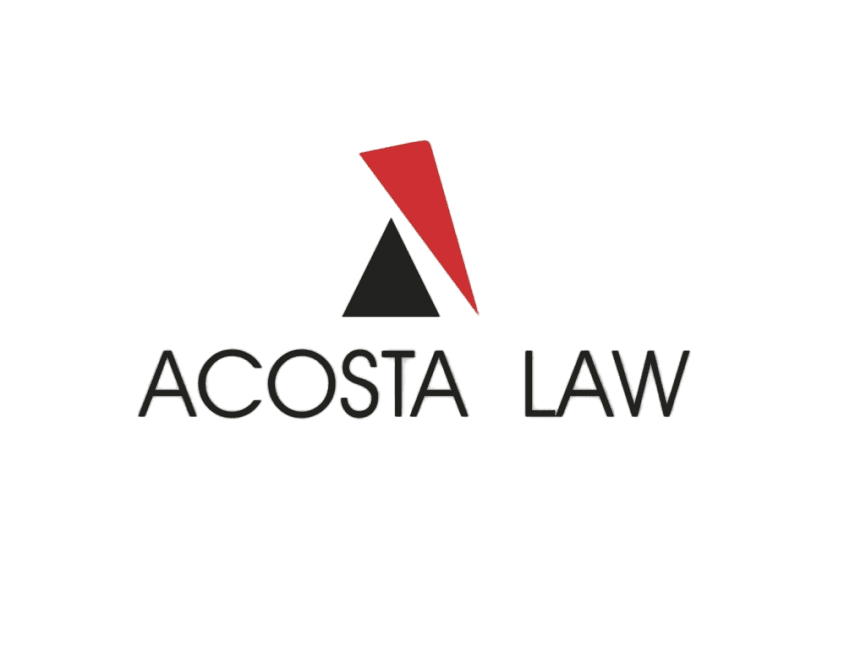Debt Relief Options: Comparing Chapter 7 and Chapter 13 Bankruptcies
Understanding Bankruptcy: An Overview
When debt becomes overwhelming, bankruptcy can be a viable option for relief. Two common forms of consumer bankruptcy are Chapter 7 and Chapter 13. Each has its own set of rules, benefits, and implications on your financial future. Understanding these differences is crucial in making an informed decision about which path may be right for you.

Chapter 7 Bankruptcy: Liquidation
Chapter 7 bankruptcy, often referred to as "liquidation bankruptcy," involves the sale of a debtor's non-exempt assets to pay off creditors. It is typically suited for individuals with limited income and assets who are unable to repay their debts.
Eligibility Criteria
To qualify for Chapter 7, you must pass the "means test," which determines if your income is low enough to file. This involves comparing your average monthly income to the median income of a similar household in your state. If you fail the means test, Chapter 13 may be your only option.
Process and Benefits
The Chapter 7 process usually takes three to six months. During this period, a court-appointed trustee will oversee the sale of your non-exempt property. One of the key benefits is that it offers a fresh start by discharging most unsecured debts, such as credit card bills and medical expenses.

Chapter 13 Bankruptcy: Repayment Plan
Chapter 13 bankruptcy, also known as a "wage earner's plan," allows individuals with a regular income to create a repayment plan to pay off their debts over three to five years. This option is preferable for those who have a steady income but need time to catch up on overdue payments.
Eligibility Criteria
Unlike Chapter 7, there is no means test for Chapter 13. However, there are debt limits: unsecured debts must be less than $465,275, and secured debts must be under $1,395,875. These limits are subject to periodic adjustments based on inflation.
Process and Benefits
Under Chapter 13, you propose a repayment plan to the court. If approved, you make regular payments to a trustee who distributes them to creditors. A significant advantage of Chapter 13 is that it allows you to keep your property and catch up on missed mortgage or car loan payments.

Choosing the Right Option
The decision between Chapter 7 and Chapter 13 should be based on your financial situation, goals, and ability to meet the respective requirements. Consulting with a bankruptcy attorney or financial advisor can provide personalized guidance tailored to your circumstances.
Ultimately, both chapters offer the possibility of regaining control over your financial life. By understanding each option's intricacies, you can choose the path that aligns best with your needs and aspirations.
